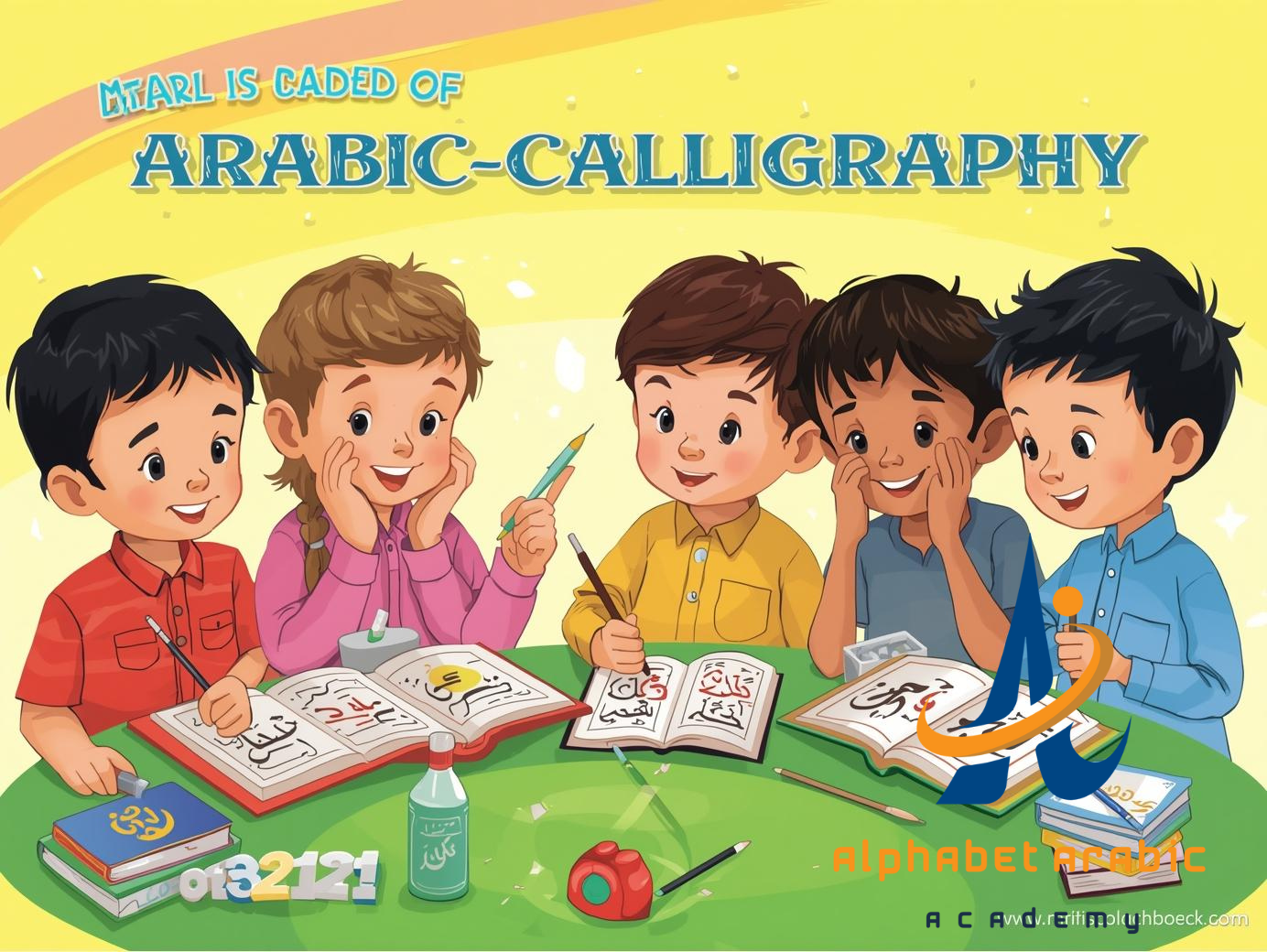Introduction to Arabic
Want your child to Arabic for children easily and enjoyably? At Alphabet Arabic Academy, we make language learning simple, engaging, and effective with fun games, interactive lessons, and expert native teachers. Plus, our affordable pricing starts at just $35 per month, with flexible class times to fit your schedule. Whether your child is just beginning or needs advanced training, our comprehensive programs are designed to help them speak, read, and write Arabic with confidence! contact us

Benefits of Arabic for Children
Giving your child the gift of Arabic is more than just learning a language—it’s about building skills, fostering cultural awareness, and unlocking lifelong opportunities. Arabic strengthens cognitive development, problem-solving abilities, and memory skills. It also helps with Quranic reading and comprehension, making it essential for Muslim families who want their child to develop a strong connection to their faith.
Making Arabic Fun
If your child sees Arabic as just another subject, they may struggle to stay motivated. But what if learning felt like playtime? At Alphabet Arabic Academy, we turn lessons into exciting activities that capture children’s attention. By incorporating music, storytelling, games, and interactive resources, we ensure that children love the learning process while developing their Arabic-speaking and reading skills naturally.
Interactive Learning Tools
A child’s brain thrives on hands-on learning, and we use the best teaching materials to create an engaging, educational experience. From videos and worksheets to interactive games and engaging stories, our program is designed to make Arabic accessible and enjoyable for all ages. We also incorporate colorful flashcards, songs, and fun exercises that help children learn Arabic quickly and retain information better.

Arabic Apps for Kids
Technology makes it easier than ever for children to practice Arabic anytime, anywhere. Apps like AlifBee, Arabee, and Duolingo are designed for kids to learn the Arabic alphabet, pronunciation, and vocabulary through interactive activities and fun challenges. These apps turn learning into a game, so your child stays motivated and engaged every day!
Using Arabic Songs
Music is one of the most powerful learning tools, especially for young learners. Arabic songs help introduce new words, improve pronunciation, and make learning enjoyable. From nursery rhymes to educational songs, listening to Arabic music allows children to absorb the language effortlessly. Platforms like YouTube, educational apps, and online programs offer a variety of Arabic songs designed for kids.
Storytelling in Arabic
Stories spark imagination and make learning Arabic feel natural. Reading Arabic children’s books, Quranic stories, and fun tales helps kids develop their listening and reading skills while keeping them entertained. At Alphabet Arabic Academy, we use story-based lessons to introduce new words, sentence structures, and cultural elements—making Arabic learning both effective and enjoyable!
Engaging Arabic Games
Kids love playing games, so why not use them to teach Arabic? From puzzles and memory games to word-matching and interactive storytelling, there are countless ways to make learning feel like playtime. Games help children absorb Arabic naturally, reinforcing their speaking, reading, and writing skills while keeping them excited to learn more.
Arabic Flashcards
Flashcards are a simple yet powerful tool to help kids memorize Arabic letters, vocabulary, and sentence patterns. Our lessons include colorful and engaging flashcards to strengthen your child’s reading and writing abilities. These visual learning aids make it easy for kids to recognize words and phrases quickly.
Arabic Cartoons
Did you know that watching Arabic cartoons can help your child learn the language effortlessly? Cartoons expose children to natural speech patterns, pronunciation, and everyday vocabulary. Platforms like YouTube and Arabic learning apps offer age-appropriate cartoons that make learning Arabic fun and engaging!
Arabic for Children Classes
One of the fastest ways to help your child master Arabic is through structured lessons with expert teachers. Our online and in-person private Arabic classes at Alphabet Arabic Academy are designed to match your child’s learning style and pace. With qualified native-speaking teachers, interactive materials, and a personalized curriculum, your child will develop strong Arabic skills quickly and effectively.
Cultural Immersion Activities
Language learning is more than just words—it’s about understanding and embracing a new culture. By introducing your child to Arabic traditions, Islamic customs, music, and food, they develop a deeper connection to the language. Activities like celebrating Arabic holidays, cooking traditional dishes, and practicing daily conversations help children feel more comfortable and confident speaking Arabic.
Parental Involvement Tips
Parents play a huge role in helping children learn Arabic faster. Simple activities like reading Arabic books together, watching Arabic videos, and practicing new words daily can make a significant difference. Creating a supportive and fun Arabic-speaking environment at home will help your child feel more confident and motivated to learn.
Online Arabic Resources
There is a wide range of online resources available to help children learn Arabic, including interactive programs, YouTube lessons, printable worksheets, and educational games. At Alphabet Arabic Academy, we provide structured courses and expert guidance to help children develop strong Arabic skills in a fun and effective way.
Progress Tracking Methods
Tracking your child’s progress is key to keeping them motivated and engaged. Using rating systems, achievement badges, and learning milestones can help parents and teachers measure improvement. Our personalized learning approach ensures that each child progresses at their own pace while building a solid foundation in Arabic.
FAQs
How do I teach my kids Arabic online with tutor?
Start with fun activities like Arabic cartoons, games, and daily practice. Our expert Arabic teachers can also guide your child step-by-step!
What is the best Arabic program for kids?
Programs like AlifBee, Duolingo, Arabee, and our online Arabic classes are excellent choices for young learners.
What is the Arabic word for kids or child?
The Arabic word for kids is “أطفال” (Atfal).
What is the website to teach kids Arabic?
For high-quality, affordable Arabic lessons, visit Alphabet Arabic Academy.
📌 Start your child’s Arabic learning journey today with expert guidance, interactive lessons, and engaging activities! 🎉






